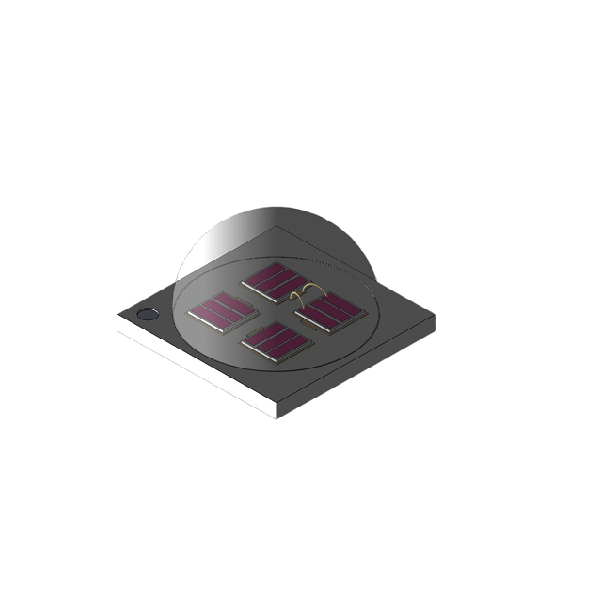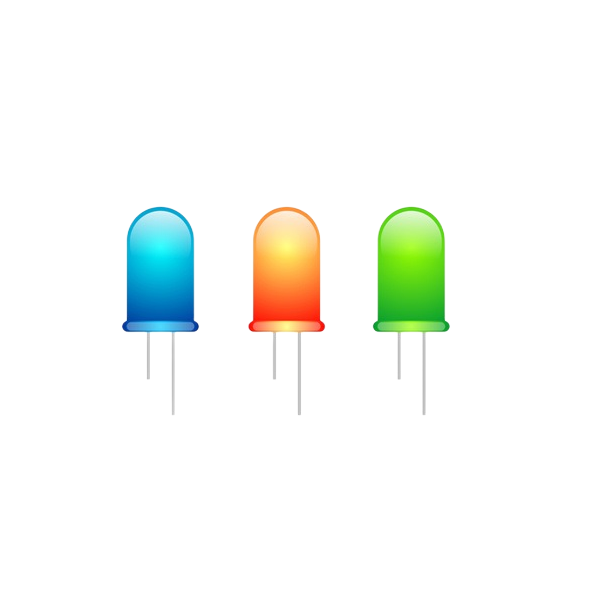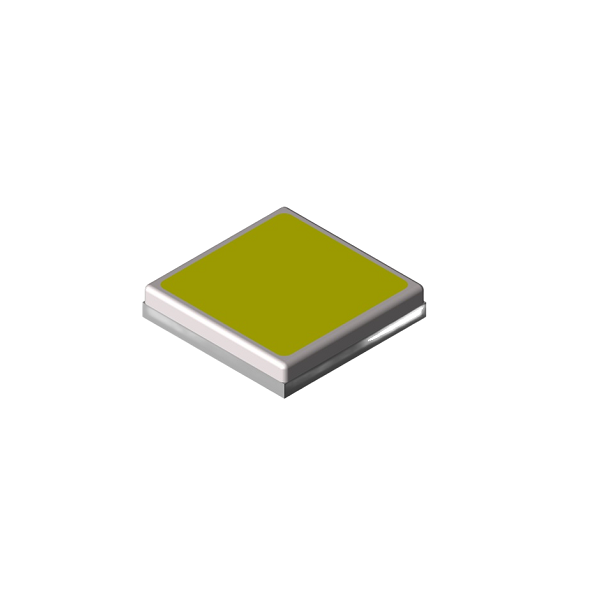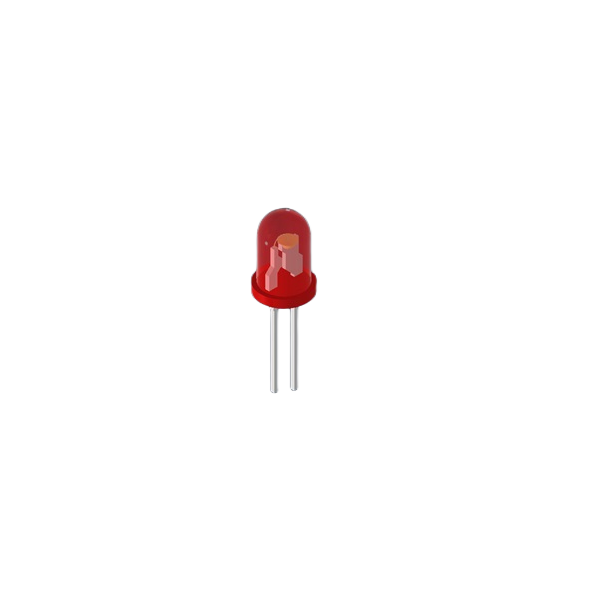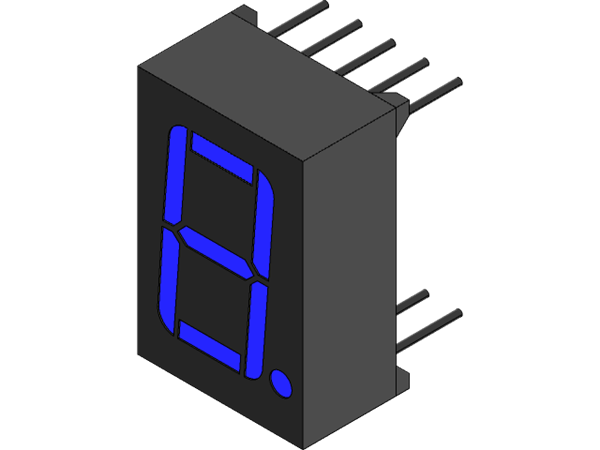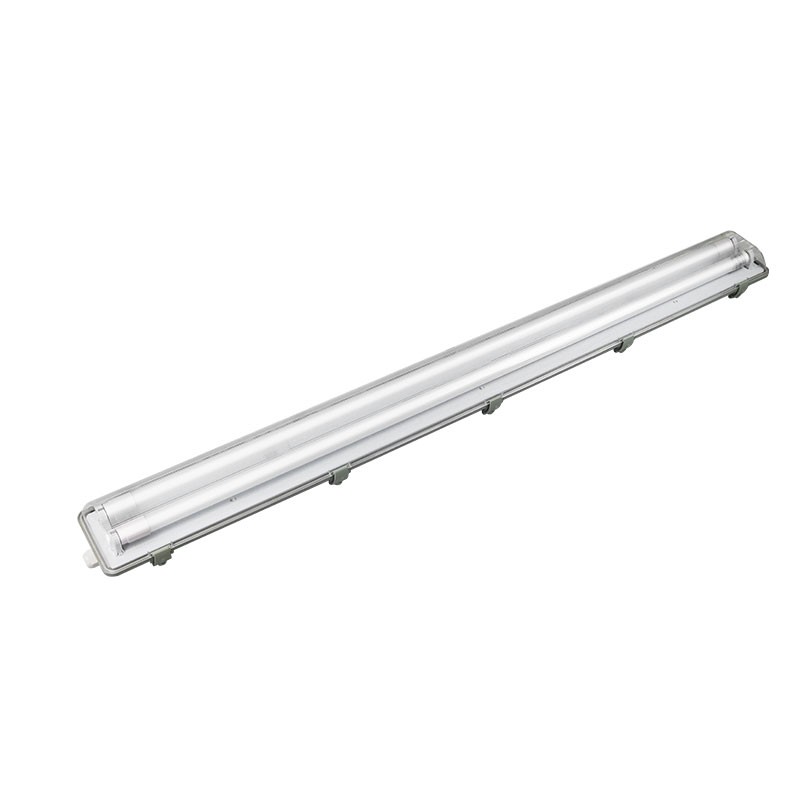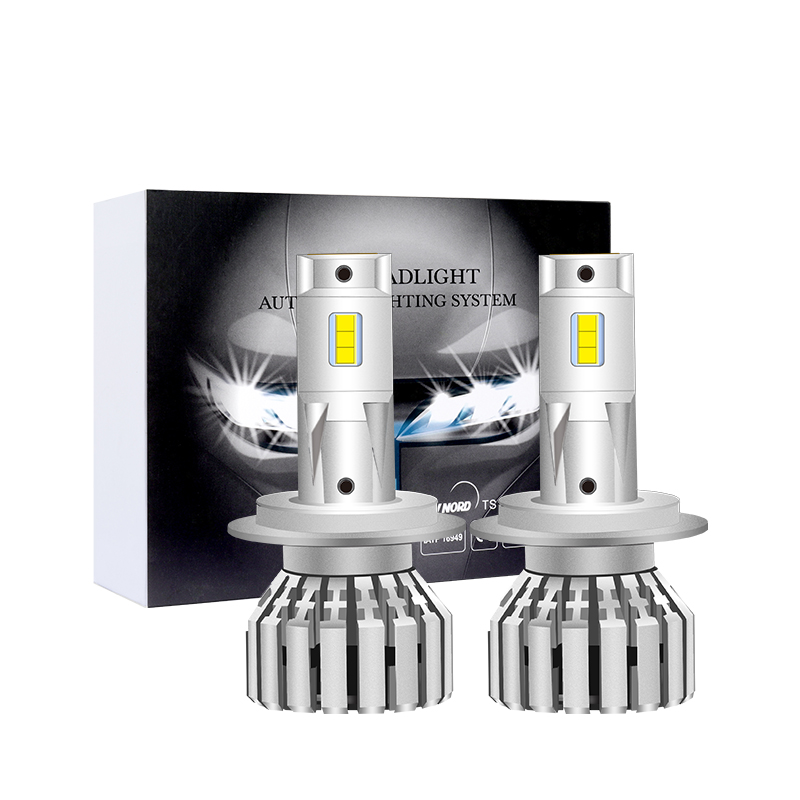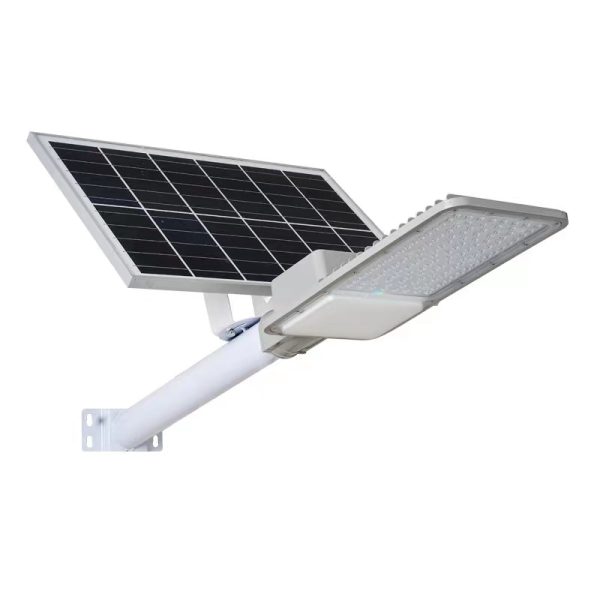What is LEDs
LEDs (Light Emitting Diodes) are semiconductor devices that can convert electrical energy into visible light. It is made up of multiple materials stacked together, and when an electric current is transmitted through it, light is emitted. LEDs have a wide range of applications in fields such as lighting, display, and communication. Below, I will provide you with a detailed introduction to what LEDs are.
The working principle of LEDs is based on the characteristics of semiconductor materials.
LEDs are composed of two semiconductor layers of different materials, one of which contains excess electrons and is called an “N-type” material, while the other material has electronic defects and is called a “P-type” material. When these two materials are connected, electrons will flow from the N-type material to the P-type material, forming an electron hole pair. When current passes through, these electrons and holes undergo a recombination process, releasing energy and producing photons. Different materials and doping can generate light of different wavelengths, thus achieving LEDs of different colors.
LEDs have many advantages.
LEDs have the characteristic of high energy efficiency, which can convert most of the electrical energy into visible light. Compared to traditional light sources such as fluorescent lamps and incandescent lamps, LEDs have higher energy efficiency. Secondly, LEDs have a longer lifespan, typically reaching tens of thousands to hundreds of thousands of hours, compared to traditional light bulbs. In addition, LEDs have small volume, light weight, and fast reaction speed, which can adapt to various complex environments and needs. In addition, LEDs have strong adjustability and can easily switch and adjust multiple colors to meet the lighting needs of different scenarios.
LEDs have a wide range of applications in the field of lighting.
LEDs can be used in various scenarios such as indoor lighting, outdoor lighting, landscape lighting, automotive lighting, stage lighting, etc. They can provide high brightness and uniform lighting effects, while also having advantages such as energy conservation, environmental protection, earthquake resistance, vibration resistance, and long service life. Due to the strong adjustability of LEDs, they can also adjust color temperature, saturation, and brightness to meet the personalized needs of users.
LEDs are also widely used in the fields of display and communication.
LEDs can be used to make LCD TVs, computer monitors, mobile phone screens, LED displays, and more. Due to the characteristics of high brightness, high contrast, and fast response speed, LEDs can provide clear and vivid image display effects. In addition, LEDs can also be used in the field of optical communication to achieve high-speed and long-distance communication by transmitting optical signals.
In summary, LEDs are light-emitting devices based on semiconductor materials, characterized by high efficiency, long lifespan, and strong adjustability. It has broad application prospects in fields such as lighting, display, and communication. With the continuous progress and development of technology, LEDs will continue to play an important role in various fields.


